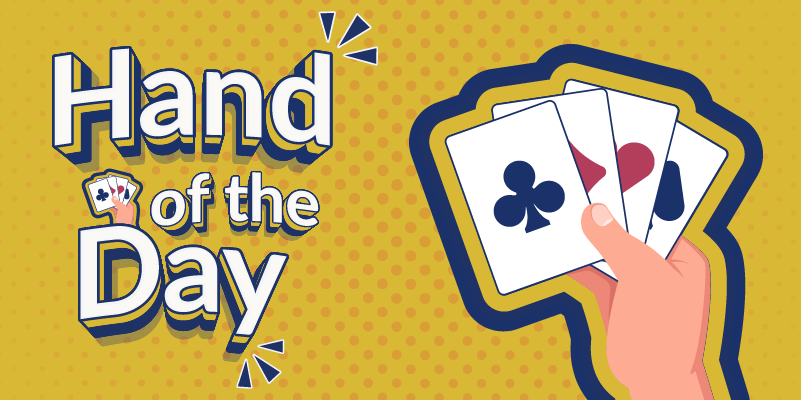Dear Readers,
Bridge is a brilliant game—one of logic, creativity, and endless discovery.
These articles are designed to help you sharpen your skills in both play and defense. Each hand presents a challenge: you’ll see only your cards and the dummy’s, just as you would at the table. Along the way, I’ll pose questions for you to answer—clues to help you work through the hand.
Yes, it's a bit like solving a riddle!
My hope is that these questions will train you to ask the right ones yourself. In any bridge hand, the key to success—whether you're declaring or defending—is knowing what to ask, and how to find the answers.
Try to tackle each hand on your own before peeking at the solutions.
At the end, you’ll find a “Things to Remember” section—highlighting key takeaways in bidding, defense, and play that you can carry into your next tournament.
First Question:
Say you have agreed to play standard carding with your partner (for attitude, high encourages, and low discourages; for count, high–low shows even, and low–high shows odd).
You led the ♠A, and your partner followed with the ♠Q.
- Where is the ♣A?
- Where is the ♠J?
- Where is the ♥K?
- Where is the ♦Q?
- What will you play next?
- You played a low spade, and your partner won with the ♠J, then continued with a third spade to your ♠K (declarer followed suit on the third spade). Now what?
Solution
- Where is the ♣A?
With South. You have 13 points, the dummy has 14, and the declarer has at least 9 for their jump. That leaves your partner with a maximum of 4 points, and you've already seen the ♠Q from partner's hand.
- Where is the ♠J?
With your partner. Their play of the ♠Q promises the ♠J.
- Where is the ♥K?
With the declarer. Otherwise, they wouldn’t have enough points to justify jumping to 2♥.
- Where is the ♦Q?
Likely with the declarer, unless they bid 2♥ with a more distributional hand and fewer points.
- What will you play next?
Continue with a low spade to your partner's ♠J.
- You played a low spade, and your partner won with the ♠J, then continued with a third spade to your ♠K (declarer followed suit on the third spade). Now what?
Play your fourth spade. The only chance to set the contract down is by promoting a trump trick, hoping your partner holds the ♥10. Partner ruffs with the ♥10, declarer overruffs, and your ♥J is promoted as the setting trick.
Things to remember:
- When you lead a top card and your partner follows with an honor, they promise the honor below it. So, with Qx or Jx, your partner should play low (playing the J promises the 10). If they later follow with an honor, you can conclude they have a doubleton.
- A non-jump suit response to a takeout double shows 0–8 points. With 9–11 points, you need to jump, and with a game-forcing hand, you can cue bid to show strength.
- Promotion is a defensive technique used to develop a trick in the trump suit, even when it initially seems unavailable. Example:
- Heart is trump and it seems declarer has no losers in the suit. West, who overcalled with 2♣, leads the ♣K to East's ♣A and get a Club return to their ♣J. West then plays a low Club, and East ruffs with the ♥J, forcing declarer to overruff with the ♥Q , and by that promoting West's ♥10. Another example:
- Heart is trump, and it seems the declarer has no losers in the suit. East overcalled 2♣, and West leads the ♣A, continuing with a second club to East's ♣J. A third club from East forces the declarer to ruff with the ♥Q (otherwise, West ruffs with ♥J ), thereby promoting West's ♥10.
- When the defense is trying to promote a trump trick, it is very important to cash all side tricks first before playing the side suit that enables the promotion. If they fail to do so, the declarer could choose to discard a loser from that suit. The declarer would still get ruffed, but they would avoid losing a sure trick that they should have to lose
In the hand above, it was clear that the partner couldn't have the ♣A for two reasons:
1. By counting points, it was evident that the partner couldn't have more than 4 points. After seeing their ♠QJ, there was no room for the ♣A.
2. Even without a point count (in a different situation), if the partner did have the ♣A, they should have cashed it after winning the ♠J and before playing their third spade. Since they didn’t do so, it was clear they didn’t have it.
- Counting partner's points is extremely useful for understanding what to expect from their hand. In this case, analyzing the partner’s cards helps determine that the best chance for four tricks is to hope for three spade tricks and promote a trump trick.
Second Question
Against 3♣, West led the ♦A and ♦K. East discarded a spade on the second round of diamonds, and West played a third round of diamonds, which East ruffed before returning the ♥10.
- How are the points divided between the opponents?
- How many losers do you count?
- How is the diamond suit split?
- How is the heart suit split?
- How is the spade suit split?
- How is the club suit split?
- Will you play the ♥A, or will you play low?
- How will you continue?
Solution
- How are the points divided between the opponents?
About 12 points in West and 6 in East to justify their bids.
- How many losers do you count?
Six losers: 3 diamonds (including the diamond ruff), 2 hearts, and 1 club.
- How is the diamond suit split?
Diamond split: 5 in West and 1 in East, as East followed suit only once.
- How is the heart suit split?
Heart split: 3 in West and 4 in East. West's double indicates exactly three hearts, so East must have four.
- How is the spade suit split?
Spade split: 4-4. Why? Because neither opponent bid spades. If West had five spades, they would have opened with 1♠, and if East had five, they would have responded with 1♠.
- How is the club suit split?
Club split: 1 in West and 4 in East—deduced from the known distribution of the other suits. That means West has a 4-3-5-1 shape, and East has 4-4-1-4.
- Will you play the ♥A, or will you play low?
If you play low, West might overtake and play another diamond, allowing East to ruff your ♦Q. You might overruff, but then you would certainly lose two heart tricks. You must protect your ♦Q to discard a heart loser on it later. So, win the ♥A now.
- How will you continue?
Knowing the opponents' distribution makes your play easier: Lead a club to the ♣K. Take a club finesse to your ♣J. Play the ♣A to drop East's ♣Q. Return to dummy via the ♠K to discard a heart loser on your ♦Q. You end up losing only the first three tricks plus one more heart.
Things to remember:
- Bridge is all about counting. You can count tricks, losers, points, and distribution. Here is a wonderful hand for counting distribution. Bidding helps you count the bid suits, but also the unbid suit (Spades). When counting three suits, you can also count the fourth suit, which is the trump suit here.
- A Support Double (Dbl) is a powerful weapon, made by the opener during the second round of bidding. After opening 1 level in a suit, if the responder bids 1♥/♠, showing 6+ points and at least four cards in that major, and an opponent overcalls at the 1 or 2 level, a Dbl by the opener specifically shows exactly three cards in the responder's major suit. This is known as a Support Double. If the opener has four cards in the responder’s suit, they should support the bid directly rather than doubling.
NOTE: The Support Double takes priority over any other bid. If the opener does not make a Support Double (e.g, by rebidding their suit, bidding NT, or passing), they deny having 3 cards in the responder's major suit. Example:
You are the dealer (East) and hold:
♠ 2
♥ KJ2
♦ AK10987
♣ Q32
Although your Diamond suit is strong, you Dbl to show 3-card Heart support. Partner’s 1NT response denies having 5 Hearts (otherwise, they would rebid 2♥ after your Support Double) and promises a Spade stopper. Now, you can safely rebid your Diamonds.
- The Support Double does not limit the strength of the hand. It can range from a minimum to a maximum opening.
- It is important to win the ♥A early to prevent the opponents from playing a fourth round of Diamonds, which could cause your ♦Q to get ruffed.
About the Author
Oren Lidor is considered one of the best bridge teachers in Israel, is the author of 5 bridge books, and teaches bridge to people from all over the world on BBO.







The first question is so easy and the second one is hard for me
Great lesson however I need help with defense as well as trying to figure out who has what in their hand.
Oren, great teaching. Hard for me as an intermediate to remember to ask myself these questions.
I would like to learn to play better
I have written 100's of great bridge stories, of which nearly 100 are held in BBO's vault. ~30 have been published by alexandra, aurora, and Diana_Eva. What is the best way to publish a bridge book independently, or under BBO auspices of BBO, (who apparently own them) and who won't even send me back copies of the originals to me for editing (since I have lost many) 🙁
Hi Russel, I've sent you the links to the articles under your name through email, hope you received it 🙂
I have written 100's of great bridge stories, (nearly 100 are held in the BBO vault) of which ~ 100 have been published by Diana_Eva, alexandra,& Aurora on BBO' daily message board. What's the best way to get these published in a Bridg Book?
I have written 100's of great bridge stories. what is the best wayto get them published by BBO or an independent publisher?
This new method is excellent. Oren is a great teacher.
Great hands and examples.
What books has Oren written? Are they available in English?
Please advise: bruce@brucewblakely.com.
sharmaanilkumar2018@gmail.com
sharmaanilkumar2018@gmail.com
I am intrested to learn.